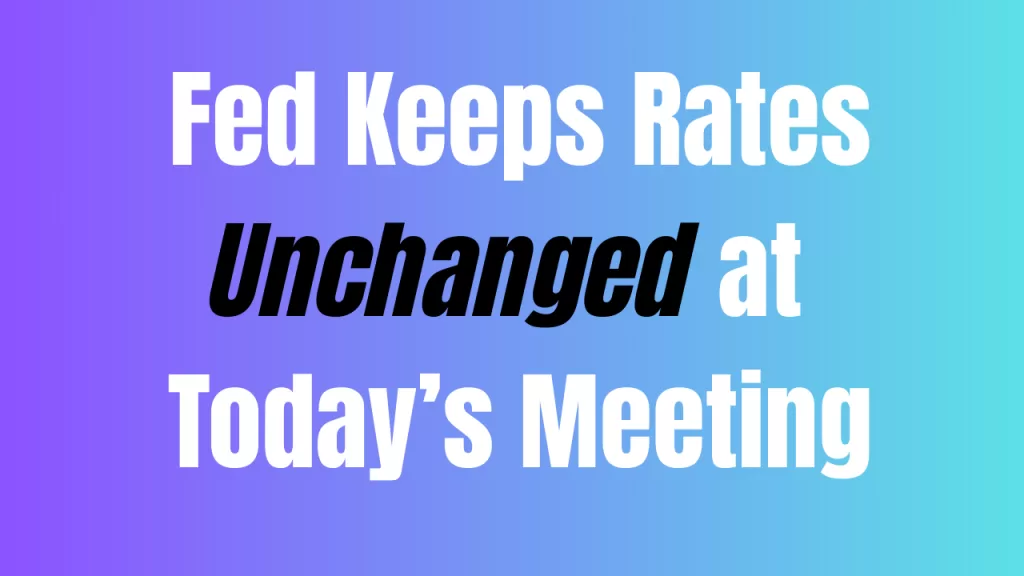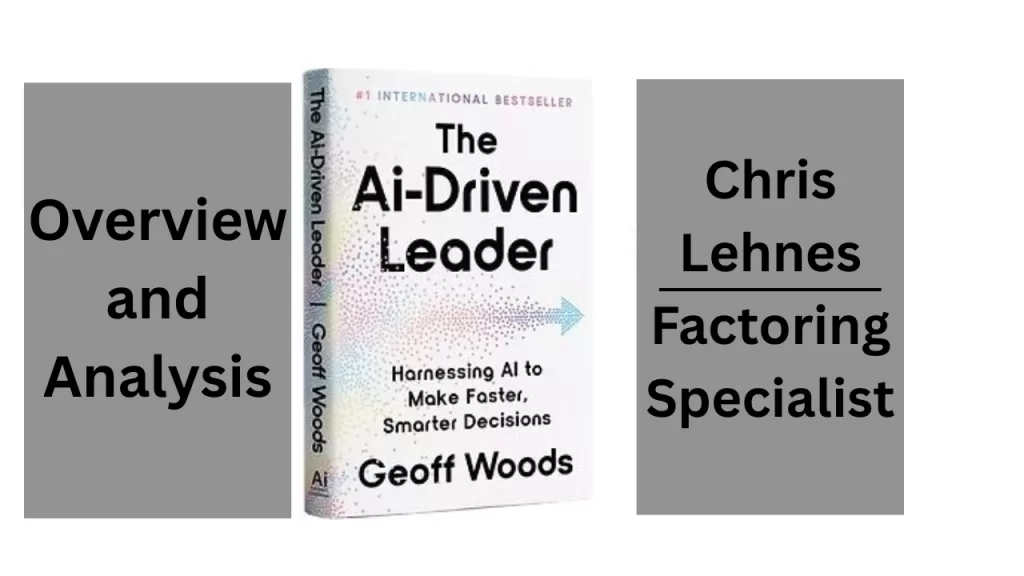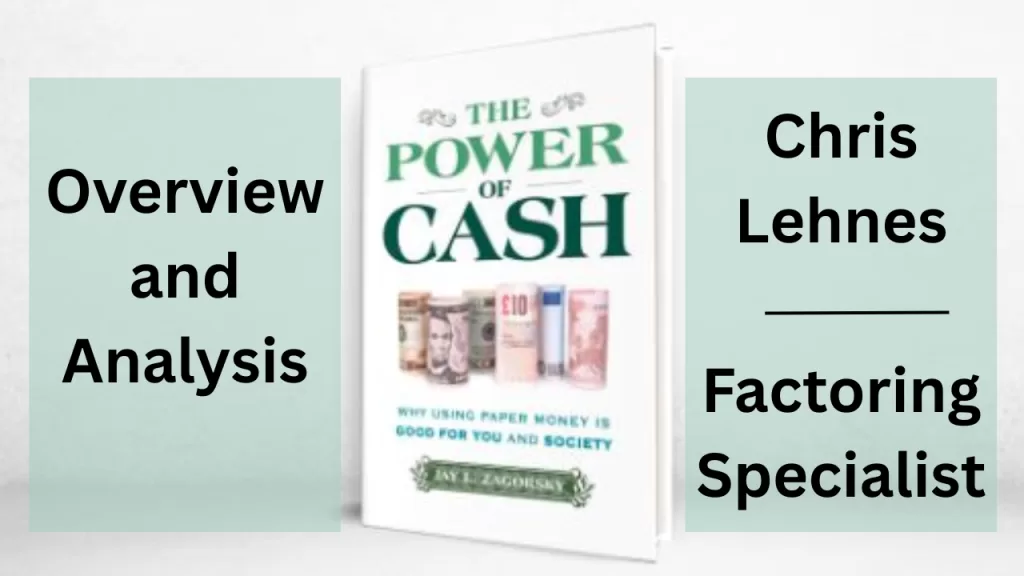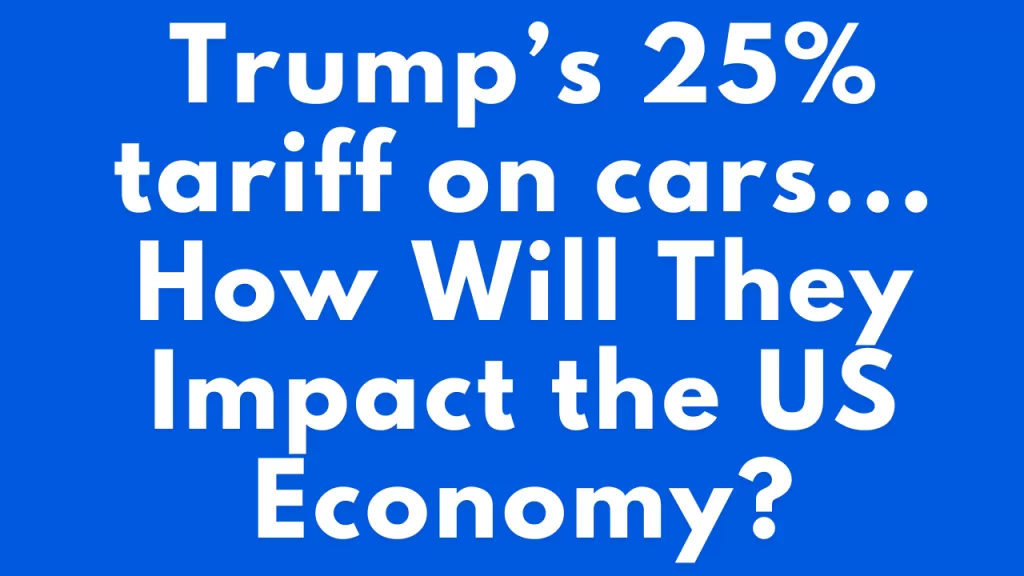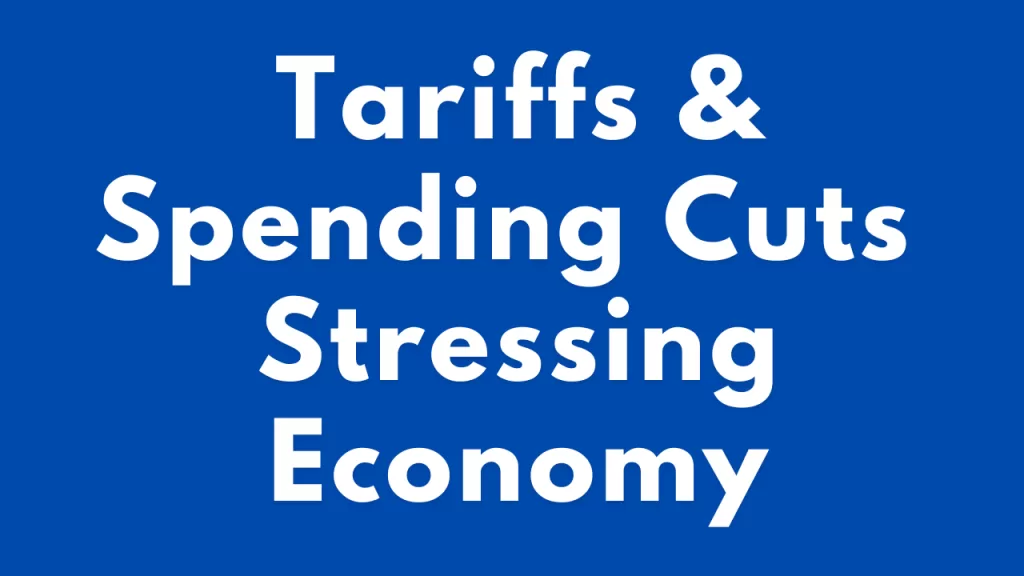The Far-Reaching Economic Consequences of a U.S. Credit Rating Downgrade by Moody’s
When a credit rating agency like Moody’s downgrades the United States’ credit rating, it sends ripples not just through financial markets, but through every corner of the global economy. While the immediate headlines often focus on political dysfunction or fiscal sustainability, the longer-term ramifications of such a downgrade are far more complex, systemic, and potentially destabilizing. A Moody’s downgrade of U.S. sovereign debt signals a fundamental reassessment of America’s creditworthiness and forces investors, policymakers, and institutions to recalibrate their expectations about the world’s most important economy.

This article explores the deeper consequences such a downgrade can trigger—ranging from higher borrowing costs and currency volatility to systemic global shifts in capital allocation and long-term economic growth.
Understanding the Significance of a Credit Downgrade
Moody’s, along with Standard & Poor’s and Fitch Ratings, is one of the “Big Three” credit rating agencies that assess the ability of borrowers—from corporations to countries—to repay their debt. A downgrade of the U.S. credit rating means that Moody’s has lost some confidence in the federal government’s ability or willingness to meet its financial obligations.
Historically, U.S. debt has been viewed as the safest investment on the planet—a benchmark for global finance. A downgrade disrupts that perception and introduces doubt about America’s fiscal and political stability. This isn’t just symbolic. It has concrete consequences that ripple through every layer of the economy.
1. Higher Borrowing Costs Across the Board
Perhaps the most immediate impact of a credit downgrade is a rise in borrowing costs. U.S. Treasury yields serve as the benchmark interest rates for a vast array of financial products—from corporate loans and mortgages to municipal bonds and student loans. When Moody’s downgrades U.S. debt, it effectively tells the world that lending to the U.S. is riskier than before. Investors demand higher yields to compensate for that risk.
This increase in yields is not confined to the federal government. As Treasury rates rise, so do rates on other types of credit. The private sector finds it more expensive to borrow money for investment, expansion, or hiring. Consumers face higher mortgage rates, credit card interest, and auto loan costs.
Over time, these higher costs dampen economic activity, slow housing markets, reduce business investment, and weaken consumer spending—key drivers of GDP growth.
2. Fiscal Constraints and Deficit Challenges
The U.S. government already spends a significant portion of its annual budget servicing its debt. As interest rates rise due to a downgrade, the cost of servicing the national debt increases, further straining the federal budget. This leaves less room for essential spending on infrastructure, education, social programs, or national defense.
Moreover, larger interest payments make it harder to reduce budget deficits, potentially triggering a vicious cycle: higher deficits lead to lower credit ratings, which in turn lead to higher interest payments, and so on.
This dynamic threatens long-term fiscal sustainability and places added pressure on lawmakers to make politically difficult choices—cut spending, raise taxes, or both.
3. Loss of the U.S. Dollar’s Preeminence
One of the most profound long-term risks of a downgrade is its potential impact on the U.S. dollar’s status as the world’s primary reserve currency. This status gives the United States enormous advantages: it can borrow cheaply, influence global trade terms, and maintain geopolitical leverage.
However, a downgrade chips away at global confidence in the stability and reliability of U.S. financial governance. While there is currently no obvious alternative to the dollar, the downgrade may accelerate efforts by countries like China and Russia to promote alternative reserve currencies or diversify their foreign exchange reserves.
A diminished role for the dollar would reduce demand for U.S. assets, further raise borrowing costs, and weaken America’s global economic influence.
4. Investor Confidence and Market Volatility
Financial markets thrive on confidence and predictability—two qualities that a downgrade undermines. Investors, particularly institutional ones such as pension funds, sovereign wealth funds, and insurance companies, may be forced to reassess their U.S. holdings in light of new risk profiles.
Many of these institutions have mandates that require them to hold only top-rated assets. A downgrade from Moody’s could trigger automatic selling of U.S. Treasury securities, contributing to market volatility and raising yields further.
Stock markets also typically react negatively to such downgrades, as they signal macroeconomic instability. Drops in equity valuations can erode household wealth and consumer confidence, especially in a country where a significant portion of retirement savings is tied to the stock market.
5. Damage to U.S. Political Credibility
Credit rating agencies often cite political gridlock and dysfunctional governance as key reasons for a downgrade. For instance, prolonged battles over raising the debt ceiling or passing a federal budget suggest an inability or unwillingness to govern effectively.
Such perceptions damage the U.S.’s reputation not just as a borrower but as a global leader. Allies may question America’s reliability, while adversaries exploit the narrative of decline.
Domestically, a downgrade can become a political flashpoint, further deepening partisan divides and making it even harder to implement the structural reforms needed to restore fiscal balance.
6. Global Economic Repercussions
Because the U.S. economy is so deeply integrated into the global financial system, a downgrade does not stay contained within U.S. borders.
International investors, central banks, and governments hold trillions of dollars in U.S. debt. A downgrade can unsettle these holdings, reduce global confidence in U.S. monetary policy, and spark volatility in emerging markets, which often peg their currencies or base their financial models on the stability of the dollar.
Higher U.S. interest rates can lead to capital flight from developing countries, triggering currency crises, inflation, or debt defaults in those regions. This can contribute to global financial instability and economic slowdowns far from American shores.
7. Potential Policy Responses and Long-Term Adjustments
In response to a downgrade, the U.S. government and Federal Reserve may adopt countermeasures to stabilize the economy. The Fed could delay interest rate hikes or resume quantitative easing to keep borrowing costs manageable. The Treasury could restructure its debt issuance strategy.
However, these tools have limitations and risks. Loose monetary policy could stoke inflation, while fiscal tightening could slow the recovery or deepen a recession.
Long-term, the downgrade should serve as a wake-up call for more serious structural reforms. These include revisiting entitlement spending, tax reform, and implementing automatic stabilizers to reduce the frequency of political standoffs over the budget.
Conclusion: More Than Just a Symbolic Setback
A downgrade of the U.S. credit rating by Moody’s is far more than a symbolic black mark on the nation’s fiscal record. It is a powerful signal to markets, institutions, and policymakers that the foundations of America’s economic dominance are no longer unshakable. The downgrade has the potential to trigger a chain reaction—raising borrowing costs, reducing investment, and sowing doubt about the future of the global financial system anchored by the U.S. dollar.
The real danger lies not just in the immediate market reaction, but in the structural challenges it exposes and exacerbates. If left unaddressed, the consequences of a downgrade could reshape the global economic landscape for years to come.
Contact Factoring Specialist, Chris Lehnes
Briefing Document: Economic Consequences of a U.S. Credit Rating Downgrade by Moody’s
Source: Excerpts from “The Economic Consequences of Moody’s Credit Rating Downgrade” by Chris Lehnes
Date: May 19, 2025
Prepared For: [Intended Audience – e.g., Policymakers, Financial Professionals, General Public]
Subject: Analysis of the potential economic ramifications of a downgrade to the United States’ credit rating by Moody’s.
Executive Summary:
A downgrade of the U.S. credit rating by Moody’s is not merely a symbolic event but a significant signal with far-reaching economic consequences. It signifies a loss of confidence in the U.S. government’s ability or willingness to meet its financial obligations, disrupting the perception of U.S. debt as the safest investment globally. The primary impacts include higher borrowing costs across the board, increased fiscal constraints on the government, potential erosion of the U.S. dollar’s preeminence, diminished investor confidence and market volatility, damage to U.S. political credibility, and significant global economic repercussions. Addressing the structural issues leading to a downgrade is crucial for long-term economic stability.
Key Themes and Most Important Ideas/Facts:
- Significance of the Downgrade:
- A downgrade by one of the “Big Three” agencies (Moody’s, S&P, Fitch) signifies a reassessment of the U.S.’s creditworthiness.
- It directly challenges the historical perception of U.S. debt as the “safest investment on the planet.”
- This disruption introduces “doubt about America’s fiscal and political stability” with tangible economic consequences.
- Higher Borrowing Costs:
- This is identified as “Perhaps the most immediate impact.”
- U.S. Treasury yields serve as a benchmark for various financial products (corporate loans, mortgages, municipal bonds, student loans).
- A downgrade makes lending to the U.S. riskier, prompting investors to “demand higher yields to compensate for that risk.”
- This increase in borrowing costs extends beyond the federal government to the private sector and consumers, “dampen[ing] economic activity, slow[ing] housing markets, reduc[ing] business investment, and weaken[ing] consumer spending.”
- Fiscal Constraints and Deficit Challenges:
- Rising interest rates on U.S. debt due to a downgrade increase the cost of debt servicing, further straining the federal budget.
- This limits available funds for essential spending on infrastructure, education, social programs, and defense.
- It creates a “vicious cycle: higher deficits lead to lower credit ratings, which in turn lead to higher interest payments, and so on.”
- This dynamic exacerbates the difficulty of reducing budget deficits and forces “politically difficult choices—cut spending, raise taxes, or both.”
- Loss of U.S. Dollar’s Preeminence:
- This is highlighted as “One of the most profound long-term risks.”
- The dollar’s status as the primary reserve currency offers significant advantages (cheap borrowing, influence on trade, geopolitical leverage).
- A downgrade “chips away at global confidence in the stability and reliability of U.S. financial governance.”
- While no immediate alternative exists, it may “accelerate efforts by countries like China and Russia to promote alternative reserve currencies or diversify their foreign exchange reserves.”
- A diminished dollar role would “reduce demand for U.S. assets, further raise borrowing costs, and weaken America’s global economic influence.”
- Investor Confidence and Market Volatility:
- Downgrades undermine the “confidence and predictability” on which financial markets rely.
- Institutional investors (pension funds, sovereign wealth funds, insurance companies) may be forced to “reassess their U.S. holdings in light of new risk profiles.”
- Mandates requiring holding only top-rated assets could trigger “automatic selling of U.S. Treasury securities,” contributing to volatility and higher yields.
- Stock markets typically react negatively, as downgrades “signal macroeconomic instability,” eroding household wealth and consumer confidence.
- Damage to U.S. Political Credibility:
- Credit rating agencies often cite “political gridlock and dysfunctional governance” as reasons for a downgrade.
- Issues like debt ceiling battles and budget standoffs suggest an inability to govern effectively.
- This damages the U.S.’s reputation as a borrower and “as a global leader.”
- Domestically, it can become a “political flashpoint, further deepening partisan divides,” making reforms harder.
- Global Economic Repercussions:
- Due to the U.S. economy’s global integration, a downgrade’s effects extend beyond U.S. borders.
- It can “unsettle” the trillions of dollars in U.S. debt held by international investors, central banks, and governments.
- Higher U.S. interest rates can trigger “capital flight from developing countries,” potentially leading to “currency crises, inflation, or debt defaults in those regions.”
- This can contribute to “global financial instability and economic slowdowns.”
- Potential Policy Responses and Long-Term Adjustments:
- The U.S. government and Federal Reserve may employ countermeasures like delaying interest rate hikes or resuming quantitative easing.
- The Treasury could also adjust debt issuance strategy.
- These tools have limitations and risks (inflation from loose monetary policy, recession from fiscal tightening).
- The downgrade should serve as a “wake-up call for more serious structural reforms,” including entitlement spending, tax reform, and automatic fiscal stabilizers.
Conclusion:
A U.S. credit rating downgrade by Moody’s is a serious event with cascading economic consequences. It highlights underlying structural challenges and has the potential to fundamentally alter global financial dynamics. The “real danger lies not just in the immediate market reaction, but in the structural challenges it exposes and exacerbates.” Addressing these challenges through serious reform is critical to mitigating the long-term impact of a downgrade and maintaining U.S. economic stability and global influence
Quiz
- What are the “Big Three” credit rating agencies mentioned in the article?
- How does a U.S. credit rating downgrade affect borrowing costs for both the government and private sector?
- What is a key challenge for the U.S. federal budget resulting from higher interest rates due to a downgrade?
- Why is the U.S. dollar’s status as the primary reserve currency significant, and how could a downgrade impact this?
- How might a downgrade affect investor confidence and lead to market volatility?
- What does the article suggest is a key reason cited by credit rating agencies for downgrades, related to governance?
- How can a U.S. downgrade have repercussions for the global economy, particularly in emerging markets?
- What are some potential policy responses the U.S. government and Federal Reserve might consider after a downgrade?
- Beyond immediate market reactions, what does the article highlight as the “real danger” of a downgrade?
- According to the article, why is a U.S. credit rating downgrade by Moody’s more than just a symbolic setback?
Essay Questions
- Analyze the interconnectedness of the consequences of a U.S. credit rating downgrade as described in the article. How do higher borrowing costs, fiscal constraints, and potential loss of dollar preeminence feed into and exacerbate each other?
- Discuss the long-term implications of a U.S. credit rating downgrade on the global economic landscape. Consider the potential shifts in capital allocation, the role of the dollar, and the impact on emerging markets.
- Evaluate the political consequences of a U.S. credit rating downgrade. How does political dysfunction contribute to the likelihood of a downgrade, and how might a downgrade further deepen partisan divides and hinder necessary reforms?
- Compare and contrast the immediate versus the long-term effects of a U.S. credit rating downgrade as presented in the article. Which set of consequences do you believe is more significant and why?
- Based on the article, propose and justify potential structural reforms or policy adjustments that the U.S. could implement to address the underlying issues that might lead to or be exacerbated by a credit rating downgrade.
Glossary of Key Terms
- Credit Rating Agency: A company that assesses the creditworthiness of individuals, businesses, or governments. The “Big Three” are Moody’s, Standard & Poor’s, and Fitch Ratings.
- Credit Rating Downgrade: A reduction in the credit rating of a borrower, indicating that the agency has less confidence in their ability to repay debt.
- Sovereign Debt: Debt issued by a national government.
- U.S. Treasury Yields: The return an investor receives on U.S. government debt instruments like Treasury bonds or notes. They serve as a benchmark for many other interest rates.
- Borrowing Costs: The interest rates and fees associated with taking out a loan or issuing debt.
- Fiscal Sustainability: The ability of a government to maintain its spending and tax policies without threatening its solvency or the stability of the economy.
- National Debt: The total amount of money that a country’s government owes to its creditors.
- Budget Deficits: The amount by which a government’s spending exceeds its revenue in a given period.
- Reserve Currency: A currency held in significant quantities by central banks and other financial institutions as part of their foreign exchange reserves. The U.S. dollar is currently the primary reserve currency.
- Capital Allocation: The process by which financial resources are distributed among various investments or assets.
- Investor Confidence: The level of optimism or pessimism investors have about the prospects of an economy or a particular investment.
- Market Volatility: The degree of variation of a trading price over time. High volatility indicates that the price of an asset can change dramatically over a short time period in either direction.
- Political Gridlock: A situation where there is difficulty in passing laws or making decisions due to disagreements between political parties or branches of government.
- Debt Ceiling: A legislative limit on the amount of national debt that the U.S. Treasury can issue.
- Quantitative Easing: A monetary policy where a central bank purchases government securities or other securities from the market in order to lower interest rates and increase the money supply.
- Automatic Stabilizers: Government programs or policies, such as unemployment benefits or progressive taxation, that automatically adjust to cushion economic fluctuations without requiring explicit policy action.
Quiz Answer Key
- The “Big Three” credit rating agencies mentioned are Moody’s, Standard & Poor’s, and Fitch Ratings.
- A downgrade signals increased risk, causing investors to demand higher yields on U.S. debt, which in turn raises borrowing costs for both the government and the private sector, including businesses and consumers.
- Higher interest rates resulting from a downgrade significantly increase the cost of servicing the national debt, straining the federal budget and leaving less money for other essential spending.
- The dollar’s status allows the U.S. to borrow cheaply and wield global influence. A downgrade erodes confidence in its stability, potentially accelerating efforts by other countries to find alternatives and weakening the dollar’s role.
- A downgrade undermines confidence and predictability, leading institutional investors to potentially sell U.S. Treasury holdings and causing broader volatility in both bond and stock markets.
- The article suggests that political gridlock and dysfunctional governance, such as battles over the debt ceiling, are often cited by credit rating agencies as key reasons for a downgrade.
- A U.S. downgrade can unsettle international investors and central banks holding U.S. debt, reduce global confidence in U.S. policy, and spark volatility in emerging markets, potentially leading to capital flight, currency crises, or defaults in those regions.
- Potential policy responses include the Federal Reserve delaying interest rate hikes or resuming quantitative easing, and the Treasury restructuring its debt issuance strategy.
- The “real danger” is not just the immediate market reaction but the structural challenges that the downgrade exposes and exacerbates, potentially reshaping the global economic landscape long-term.
- It is more than symbolic because it is a powerful signal to markets and institutions that fundamentally reassesses America’s creditworthiness and forces a recalibration of expectations about the world’s most important economy, triggering concrete economic consequences.

